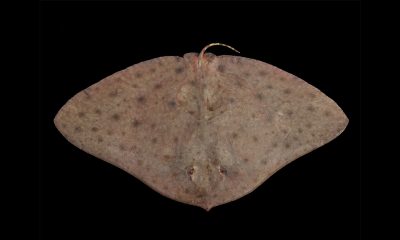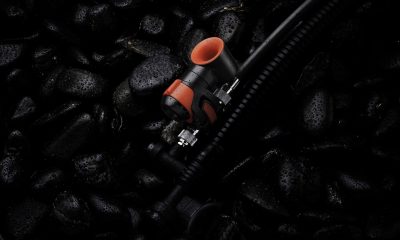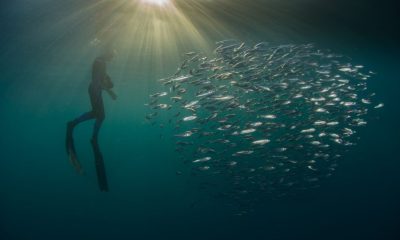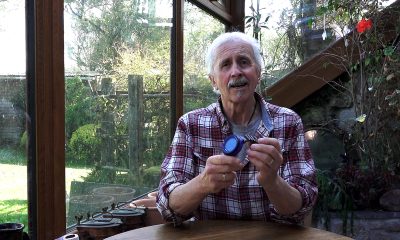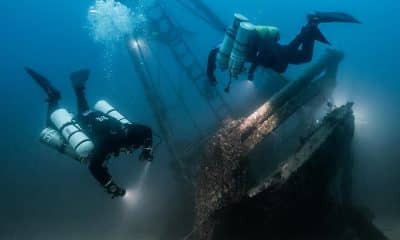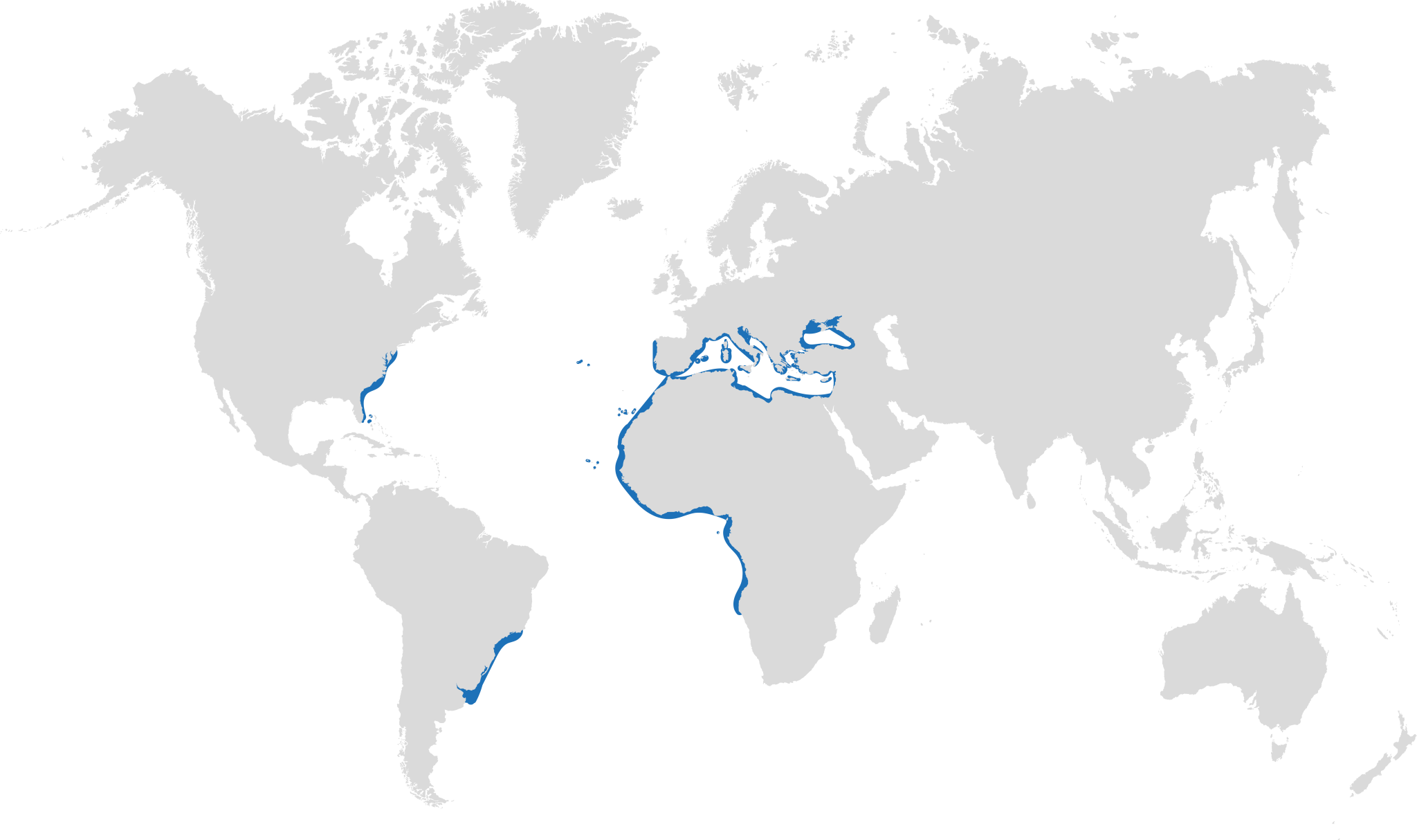News
Win a liveaboard diving holiday to the Galapagos with blue o two
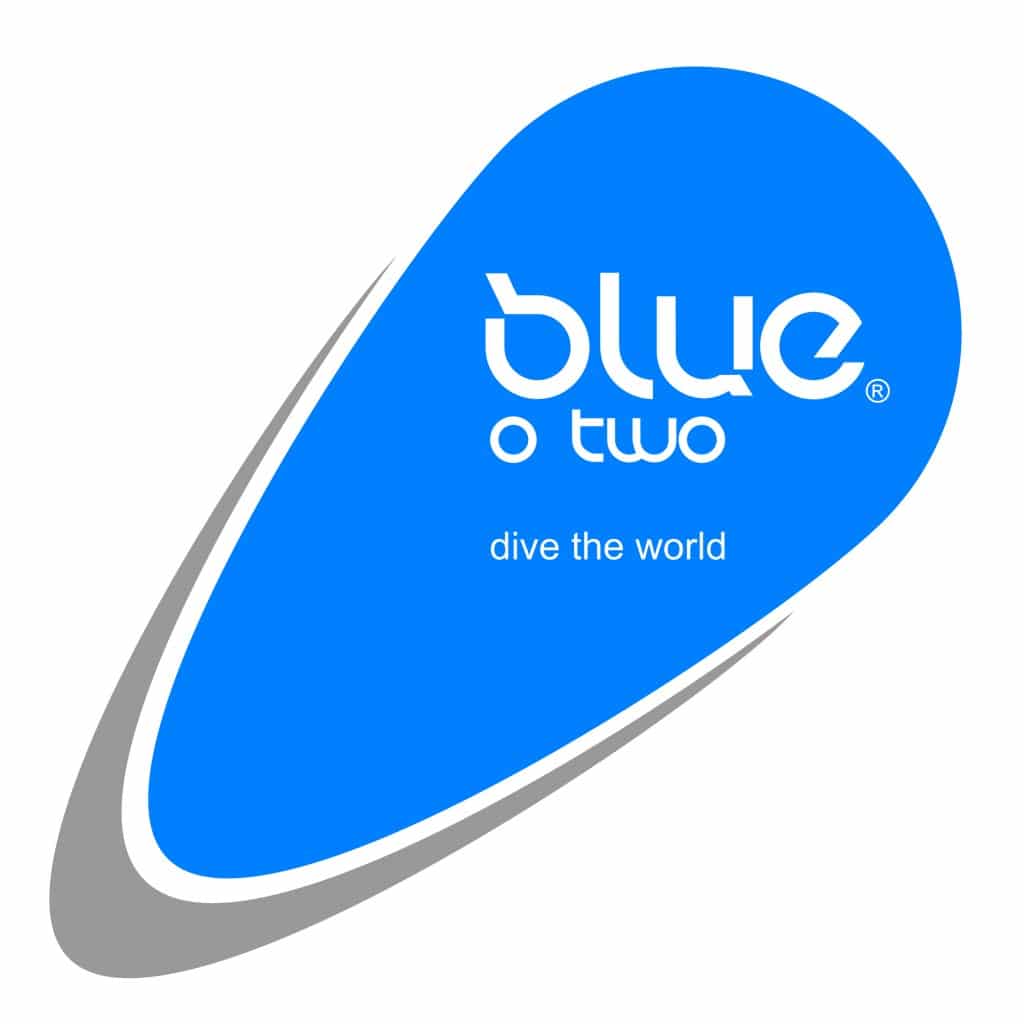
Visit UK based tour operator blue o two on stand 815 at DIVE 2014 in October to be in with a chance of winning a 7-night liveaboard diving holiday to the action-packed Galapagos Islands on board M/V Galapagos Master.
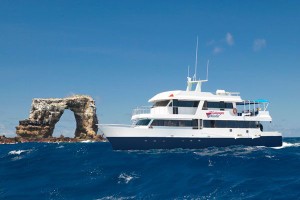 Originally built in 2004, the 32m long M/V Galapagos Master will be undergoing a complete interior refit to the highest luxury standards to be finalised by 2015, ready to sail some of the top dive sites in the Galapagos. Welcoming a total of 16 guests, M/V Galapagos Master features eight air-conditioned cabins each offering an en-suite bathroom, in-cabin entertainment and ample storage.
Originally built in 2004, the 32m long M/V Galapagos Master will be undergoing a complete interior refit to the highest luxury standards to be finalised by 2015, ready to sail some of the top dive sites in the Galapagos. Welcoming a total of 16 guests, M/V Galapagos Master features eight air-conditioned cabins each offering an en-suite bathroom, in-cabin entertainment and ample storage.
A spacious indoor lounge located on the middle deck offers guests the perfect location to relax and unwind after a full day of diving. The indoor dining area brings guests a tantalising array of mouth-watering meals, complimented by the adjacent cocktail bar. Photographers on board the M/V Galapagos Master can take full advantage of the indoor camera set-up station which includes multiple charging points (US round pin plug). In addition, the fitted plasma screen television in the indoor lounge is set up for slideshows of underwater photography. Additional storage drawers to the aft of the vessel mean that even photography charter groups will have no problem finding enough space for their equipment. Alongside the decadent interior, the M/V Galapagos Master’s top sun deck offers stunning panoramic views of the Galapagos.
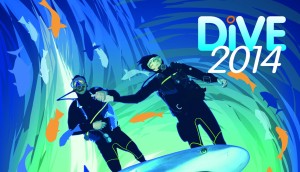 DIVE 2014 will be taking place on Saturday 25th – Sunday 26th October 2014 at the Birmingham NEC. In addition to being able to enter the Galapagos competition, visitors to the blue o two stand will find some great show offers, representatives to talk all things Siren Fleet, Project Shark: Maldives and Project Shark: Galapagos, the chance to pick up the new blue o two brochure and canvas bag as well as the chance to win some other amazing prizes. If you own a blue o two t-shirt or hoody then make sure you’re wearing it to enter their on-stand competition to win £250 worth of blue o two vouchers.
DIVE 2014 will be taking place on Saturday 25th – Sunday 26th October 2014 at the Birmingham NEC. In addition to being able to enter the Galapagos competition, visitors to the blue o two stand will find some great show offers, representatives to talk all things Siren Fleet, Project Shark: Maldives and Project Shark: Galapagos, the chance to pick up the new blue o two brochure and canvas bag as well as the chance to win some other amazing prizes. If you own a blue o two t-shirt or hoody then make sure you’re wearing it to enter their on-stand competition to win £250 worth of blue o two vouchers.
Advance tickets for DIVE 2014 are now available for only £9.50 instead of £12.50 on the door plus you can pick up a FREE Show Guide worth £2.50 at the show. Click here to purchase advance tickets.
For more information about M/V Galapagos Master contact the blue o two team on +44 (0)1752 480808, email info@blueotwo.com or visit stand 815 at DIVE 2014 to enter blue o two’s competition to win a space on board.
Marine Life & Conservation Blogs
Creature Feature: Butterfly Rays

 In this series, the Shark Trust will be sharing amazing facts about different species of sharks and what you can do to help protect them.
In this series, the Shark Trust will be sharing amazing facts about different species of sharks and what you can do to help protect them.
As we’re currently in butterfly season, this month we decided to concentrate on the Butterfly Rays!
Within the family Gymnuridae, there are two genera and 12 species of Butterfly Ray. These species are morphologically different to lots of other rays because of the width of the disc and pectoral fins – in contrast to many other species of Butterfly Ray, their bodies are much wider than they are long, especially considering their very short tail. This gives them the appearance of gliding or flying across the sand.
Gymnura altavela – Spiny Butterfly Ray
Gymnura australis – Australian Butterfly Ray
Gymnura crebripunctata – Longsnout Butterfly Ray
Gymnura japonica – Japanese Butterfly Ray
Gymnura lessae – Lessa’s Butterfly Ray
Gymnura marmorata – California Butterfly Ray
Gymnura micrura – Smooth Butterfly Ray
Gymnura natalensis – Backwater Butterfly Ray
Gymnura peocilura – Longtail Butterfly Ray
Gymnura sereti – Seret’s Butterfly Ray
Gymnura tentaculata – Tentacled Butterfly Ray
Gymnura zonura – Zonetail Butterfly Ray
Today we’re taking a look at Gymnura altavela, the Spiny Butterfly Ray. Like all Butterfly Rays, the Spiny Butterfly Ray is a demersal species, meaning it spends the majority of its time on the bottom of the seabed. Butterfly Rays are known for their burying behaviour in the sand, a technique they use to camouflage themselves when they are resting during the day. This protects them from predators, in some areas larger sharks. It also aids them in their ambush hunting technique – by hiding themselves under the sand they are able to easily snatch up their dinner – usually crustaceans, molluscs or other small fish – as they swim by unawares. This behaviour can leave tell-tale butterfly-ray shaped imprints in the bottom of the seabed.
Spiny Butterfly Rays can grow up to 260 cm (disc width (wingspan)), although average is around 200 cm. They give birth to live young, and each litter consists of 1-8 pups. This species has also been found to aggregate, likely for mating. One study found that aggregations of primarily females in the coastal regions off Gran Canaria may correlate with the shifting water temperature.
It is estimated that the species has undergone a population reduction of 50-79% over the last 33 years. This is primarily due to fishing pressure – the Spiny Butterfly Ray is targeted and bycaught in both industrial and artisanal fisheries types using a variety of gear types. The species is now Critically Endangered in the Mediterranean and Southwest Atlantic.
Scientific Name: Gymnura altavela
Family: Gymnuridae
Maximum Size: 260 cm (disc width)
Diet: crabs, shrimps, various invertebrates, fishes, small crustaceans, and molluscs.
Distribution: throughout the Atlantic and Mediterranean and Black Seas.
Habitat: muddy and sandy substrates down to 150m.
Conservation status: Critically Endangered in the Mediterranean and Europe, Endangered Globally.
For more great shark information and conservation visit the Shark Trust Website
Banner Image: ©Tomas Willems. Main image: ©Andy Murch
Gear News
DiveAlertPLUS: a Dual Function Surface / Subsurface Signalling Device
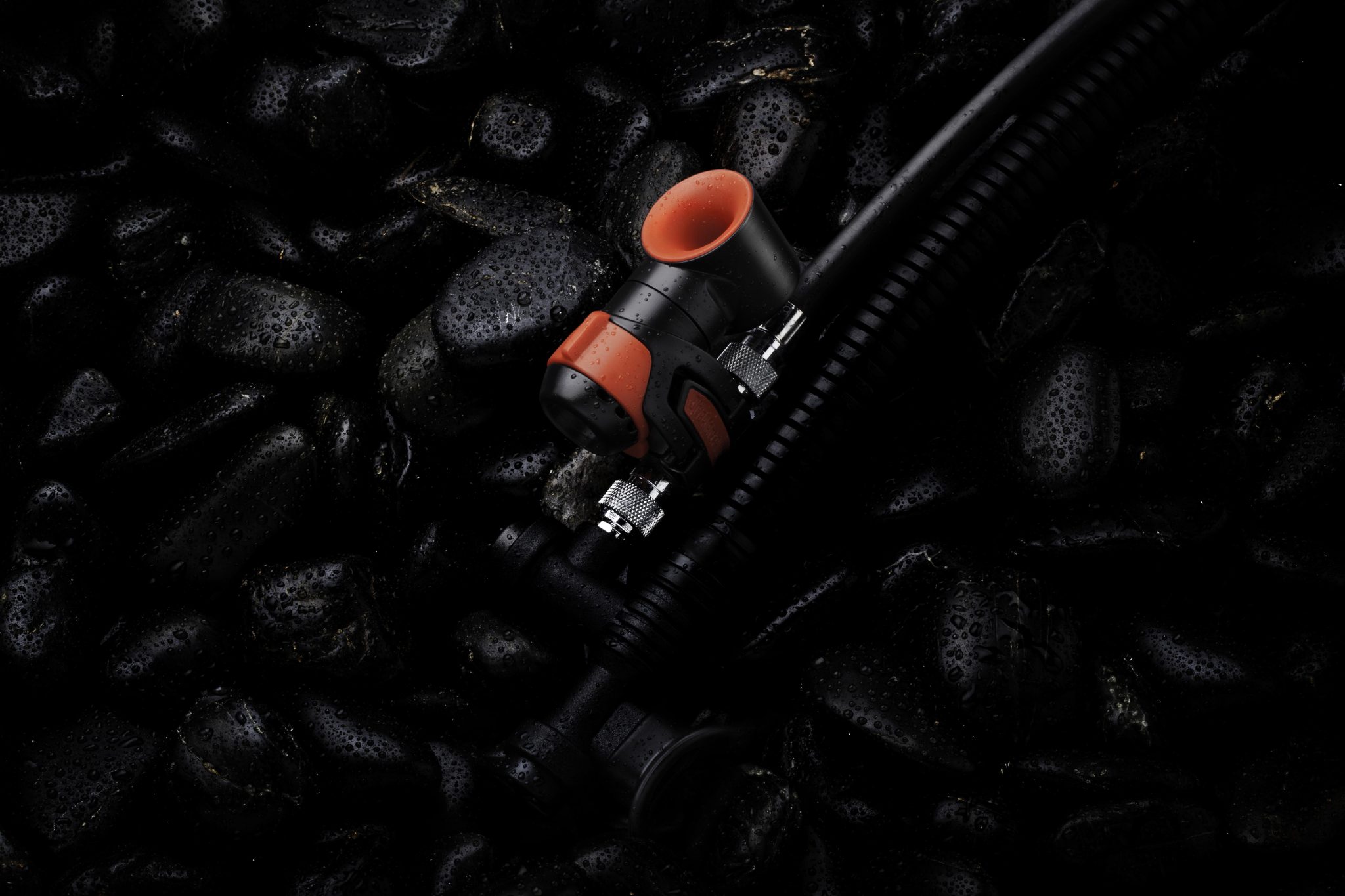
DiveAlertPLUS is a specially designed, small, lightweight pneumatic signalling device that uses quick-connect/disconnect hose couplings to become an integrated part of your power inflator.
It uses a small amount of air from your SCUBA tank to make a piercingly loud sound in air or water. It can be heard a mile away from where the diver in need is above water.
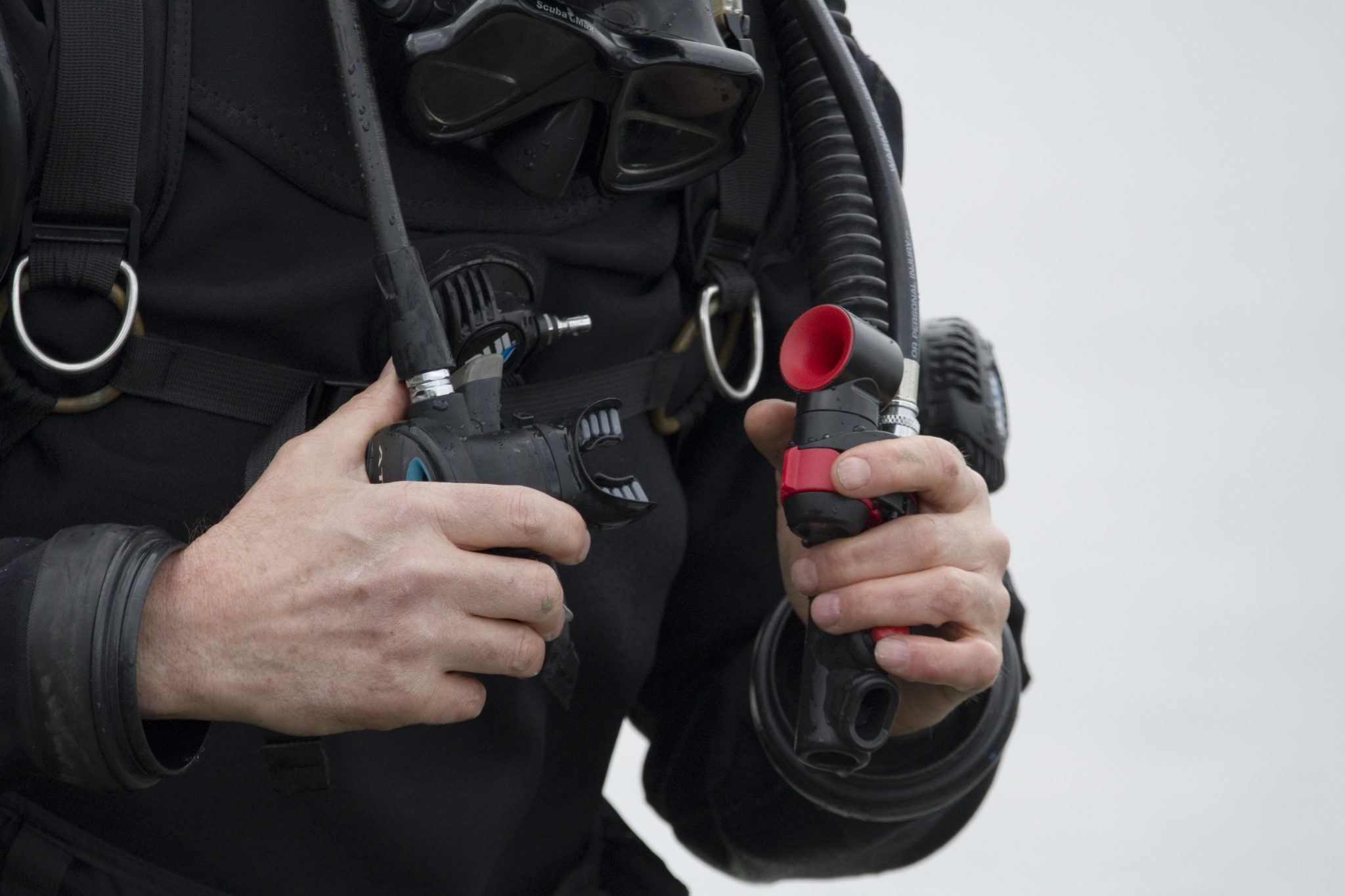
How it works
The DiveAlertPLUS uses chrome-plated brass couplings to attach to your power inflator. Squeezing the device engages the actuator valve stem causing a small amount of air to flutter a stainless steel diaphragm emitting a piercingly loud sound. The subsurface/underwater signal is produced by a percussion “buzzing” noise made by a piston hitting a stainless steel diaphragm much like a drum.
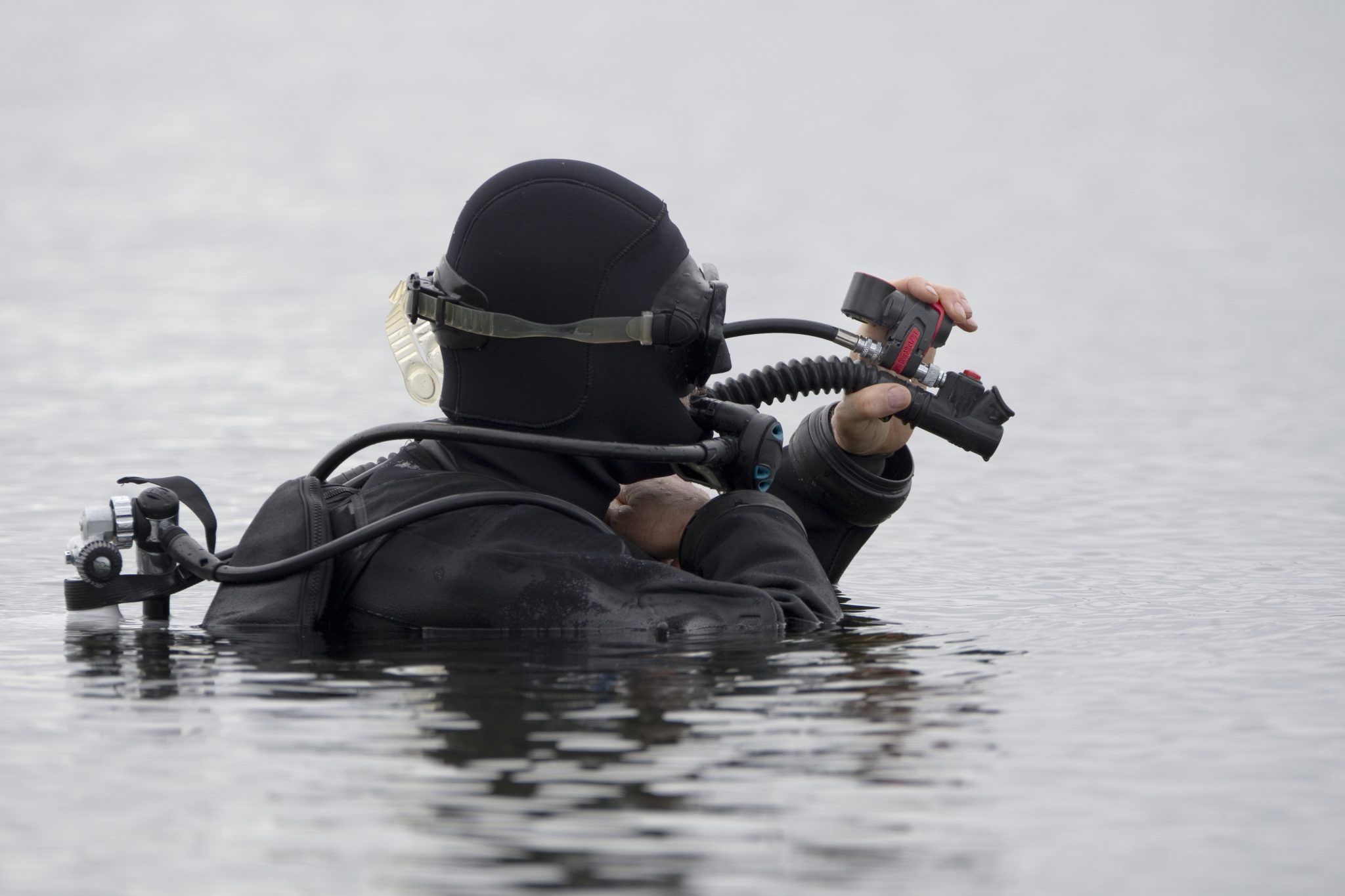
To Learn more about the DV1 an DV3 DiveAlert click on this link to their website: https://www.divealert.com/index.php/divealert-plus
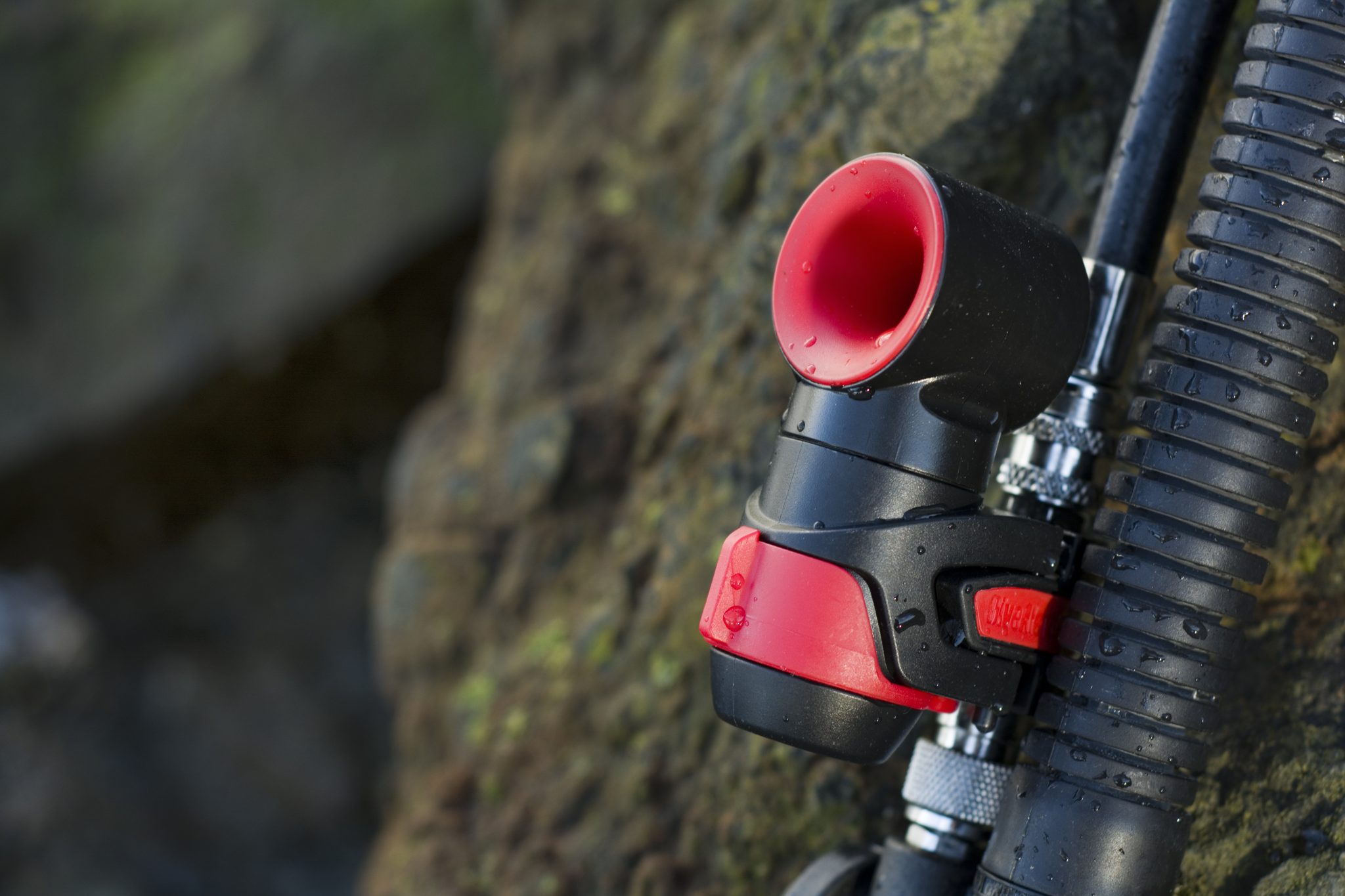
Sea & Sea is the home of DiveAlert and other leading diving brands in the UK.
-

 Blogs4 weeks ago
Blogs4 weeks agoDive Indonesia Part 3: Dive into Lembeh Trip Report
-

 Gear Reviews1 month ago
Gear Reviews1 month agoGEAR REVIEW – Revolutionising Diving Comfort: The Sharkskin T2 Chillproof Suit
-

 News3 months ago
News3 months agoPADI Teams Up with Wellness Brand Neuro to Drive Ocean Change and Create a Blue State of Mind
-

 Blogs2 months ago
Blogs2 months agoMurex Resorts: Passport to Paradise!
-

 Blogs3 months ago
Blogs3 months agoDiver Discovering Whale Skeletons Beneath Ice Judged World’s Best Underwater Photograph
-

 Blogs2 months ago
Blogs2 months agoSeagrass Awareness Month brings critical food source for Manatees to centre stage
-

 Marine Life & Conservation3 months ago
Marine Life & Conservation3 months agoSave the Manatee Club launches brand new webcams at Silver Springs State Park, Florida
-

 Blogs2 months ago
Blogs2 months agoSOMABAY: Scubaverse interviews Wolfgang Clausen, General Manager, ORCA Dive Clubs



